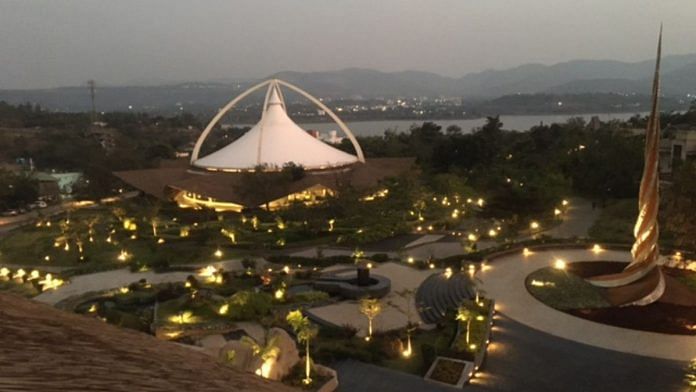Pune: Artisanal meals such as stuffed bottle gourd with mint gravy and steamed brown rice punctuate a day replete with healing and quiet contemplation in the backdrop of scenic rolling hills. This is the distinctive experience on offer at Swastik, Pune’s all-new luxury wellbeing sanctuary.
The 51-acre property at Peacock Valley, overlooking Khadakwasla Lake, is a wellness resort that offers ‘seekers’ (not guests) an opportunity to, as yoga lingo goes, ‘inhale deeply, and exhale completely’.
Swastik seeks to blend elements of everyday life with the never-ending quest for peace of mind, catering to those in need of a curated time off from the rough and tumble of city life. As its director Anushree Nyati put it, “It is more than a retreat—it’s a transformative experience that encourages personal growth and inner calm in a thoughtfully selected environment”.
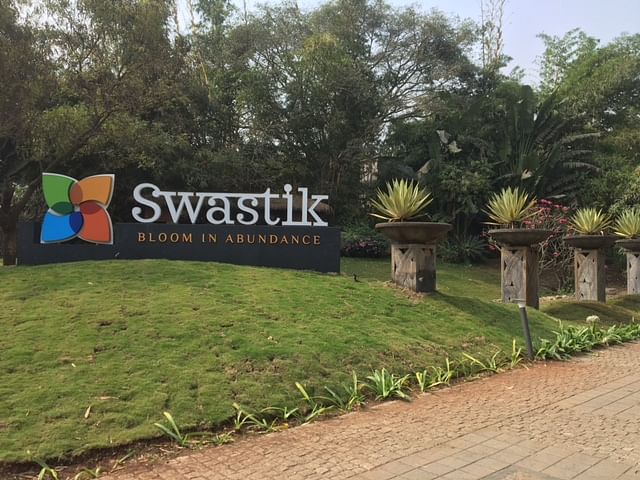
Curated wellness experience
An average day at Swastik begins at 7 am, with a Vedic fire ritual or ‘Agnihotra’, followed by yoga with an enviable view: a bevy of clouds brushing past the hills all around as the Sun ascends to punch in.
The day then continues as per the ‘dincharya’ – a routine set for seekers after a ‘consultation’. This could include zumba or cardio sessions, a swim or a walk around the reflexology garden, interactions with spiritual ‘guides’ or alternative healing sessions with trained therapists, besides salt (halotherapy) or sound therapy, group activities, laughter therapy, intensive strength training and meditation.
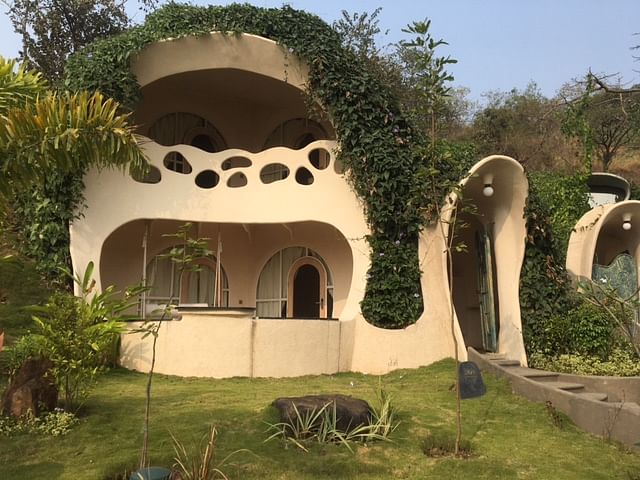
Additionally, three controlled meals are drawn up as part of a diet programme and in accordance with individual dietary preferences.
As Swastik’s executive chef Arvind Joshi explained, the kitchen follows some core tenets—emphasis on portion size, the temperature at which food is served, and minimal human interference. The kitchen here also has a strict policy against fried foods, use of white sugar, white flour or white salt, and procures a large portion of its produce from local organic farmers.
‘Seekers’ must not feel they are not healthy simply because they are being served controlled portions, stressed Joshi. “It should feel better than dining at a Michelin-star restaurant.”
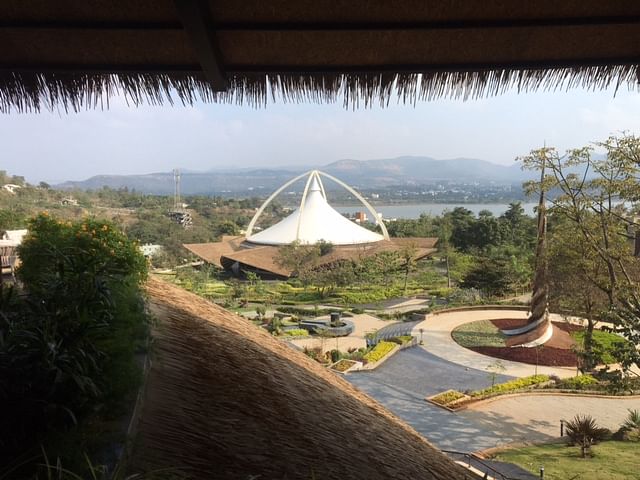
The meals, as well as the daily routine and prescribed therapies, are tailored to one’s needs and preferences after a thorough consultation. Milind Salunke, wellness director at Swastik, explained that seekers must first choose whether they wish to opt for a one-night, three-night, seven-night or 14-night programme.
They then send in sputum samples, which are shared with a third-party lab. This helps study the interaction of food with genes and their combined effect on the immune system, said Salunke while laying emphasis on nutrigenomics.
“It takes 21 days to generate a report, which is studied by in-house experts and a programme is drafted accordingly,” he added.
Also read:
Artisanal housing units
A crucial part of the experience are the villas or ‘guhas’. There are currently 64 such villas at Swastik, which together resemble Tolkien’s fabled Shire.
“The villas at Swastik called guhas have no sharp edges, giving it an interconnecting womb-like area. These guhas inspired the ambition to build a garbhmala of Mother Earth (Bhumi). The enveloping feeling of these organic cocoons helps seekers feel more connected to nature,” said Manish Banker of Tao Architecture, who was tasked with transforming this expanse of largely uneven land into what it is now.
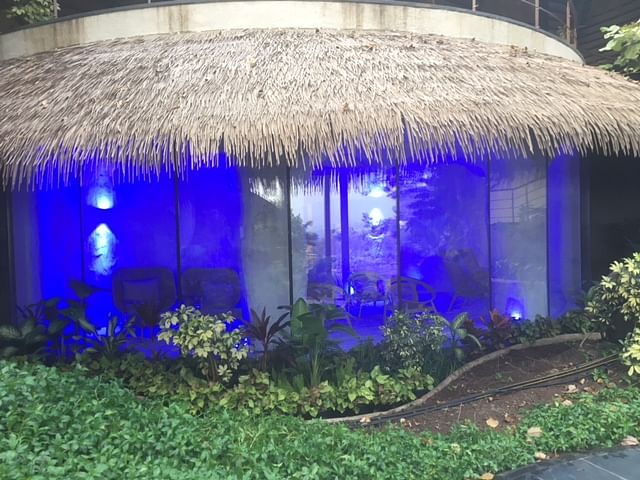
Designed as artisanal housing units with mud-like exteriors throughout, the villas have no television sets. However, they have nearly all other amenities seekers might need for a comfortable stay—including a swing.
Also vital to the programme are unique practices or rituals that are aimed at fostering a positive environment. For instance, a ritual earmarked for seekers upon arrival requires them to stand in a copper vessel and ring a bell above as a member of the hospitality team strikes it gently with a mallet, unleashing a string of vibrations. Another example is the greeting most commonly used on the premises: “Atma Naman (I bow to your soul)”.
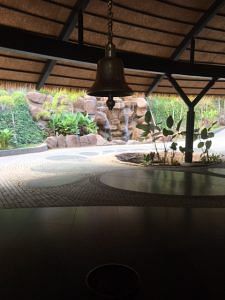
The idea behind Swastik, according to Nyati, is “rooted in a holistic approach to wellness that intertwines ancient Indian healing traditions with modern therapeutic practices.”
Each experience at the retreat, she added, “is meticulously crafted by experts to help individuals explore their highest potential and achieve inner peace”.
Also read:
The mise èn scene
Designing Swastik was a complex process that demanded coordination. “The project required a careful balance between construction and preserving the natural landscape, given the lush greenery and existing ecosystems of the area,” said Banker of Tao Architecture.
Extensive planning, added Banker, was necessary “to maintain harmony with the surrounding Sahyadri hills and Khadakwasla backwaters, which posed logistical challenges during construction and landscaping”.
He further explained the key elements of the mise èn scene. These included organic design (villas without sharp edges), natural materials (evident in interiors with earthy textures), fluid spaces (flowing curtains instead of traditional doors in villas), and gardens designed around “astrological themes, with each section representing different zodiac elements”.
Located about an hour-and-a-half from Pune city, and about three-and-a-half hours from Mumbai, Swastik is a bold effort to combine healthy living and thoughtful architecture with the idea of a vacation. The odds are in its favour, too.
The writer was in Pune at the invitation of Swastik Wellbeing.
(Edited by Zoya Bhatti)



